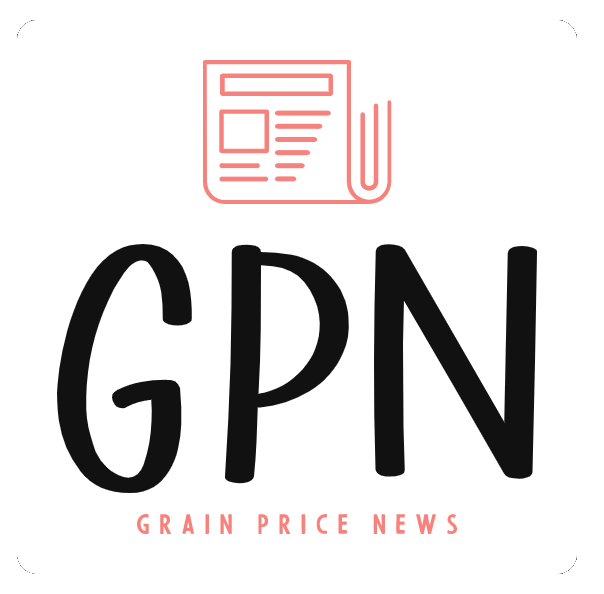The Ukraine grain shipment corridor will be extended when it comes up for renewal next month, Archer Daniels Midland said, adding that the route was so popular it was encountering an inspection bottleneck.
The future of the corridor – which under a UN-brokered agreement between Kiev and Moscow allows safe grain shipments from selected Ukrainian ports – has been the subject of heightened market intention, given periodic attacks on the deal from Russian President Vladimir Putin.
President Putin has said that the accord has encouraged Ukrainian grain shipments to Western nations, rather than developing country importers, and linked it too to the explosion on the Kerch bridge which links Russia to Crimea.
However, Juan Ricardo Luciano, the ADM chief executive, said that “everything we hear at this point in time” was that the agreement, which was initially sealed in July, will rollover when it expires on November 19.
“There may be an objection here or there, but nothing significant that could derail this.
“So we are still counting that the corridor will continue to function.”
‘Little bit more wrinkles’
ADM, one of the world’s biggest ag traders, had been one of the merchants using the agreement to enable Ukraine’s grain exports last month “to reach the same level… almost that Ukraine used to have last year, about 7m tonnes”, Mr Luciano told investors.
Indeed, shipments had been so popular that the trade was encountering “a little bit more wrinkles” in terms of a back-up of vessels waiting to be cleared by the Istanbul inspection team set up under the Kiev-Moscow agreement.
“We are having an issue, which is this joint group that is supposed to inspect the vessels have been a little bit overwhelmed by the number of vessels that we have,” he said, noting that the team was adding extra staff “in order to continue to move material”.
“There are like 100 vessels, give or take, in queue right now.”
UN data show 107 grain export vessels have departed from Ukraine, but yet to clear inspection in Istanbul.
The data also show a total of 8.7m tonnes of commodities shipped so far, of which corn was the most popular export, on 3.6m tonnes, followed by wheat, on 2.6m tonnes, and rapeseed on 607,600 tonnes.
Winter wheat prospects
These export flows were important for, besides buyers, Ukraine itself, where storage “is becoming full” as the autumn harvest of the likes of corn and sunflowers follows on from the summer harvests of the likes of barley, rapeseed and wheat.
Logistical congestion has been cited by many observers as a particular issue not just for the importers awaiting shipments but to Ukraine’s farmers, with the hefty domestic supplies depressing local crop prices and reducing the affordability of inputs needed to start on 2023 crops.
Mr Luciano said that ADM was estimating that Ukraine’s winter wheat sowings ahead of the 2023 harvest would come in “maybe 30% less” year on year, although it was “difficult to make the calculation because some territory is now claimed to be in Russian control”.
Agronomy group Origin Enterprises estimated last month that “30% of [Ukraine’s] arable land is estimated to be in either Russian-occupied regions or unsafe areas”.
‘Very tight global corn environment’
Mr Luciano, speaking after ADM unveiled forecast-beating results, also noted the role of “the uncertainty of Ukraine ability to export” as one of the factors which has encouraged China to lower phytosanitary hurdles on corn imports from Brazil, revising a long-standing trade agreement which had resulted in little trade.
“We are living in a very tight global corn environment,” at a time when China “finds itself with lower domestic production of corn with certainly higher feed demand, lower barley and sorghum imports.
“From a Chinese perspective, this [Brazil deal] is nothing more than just risk management and expanding open up another optionality.”

